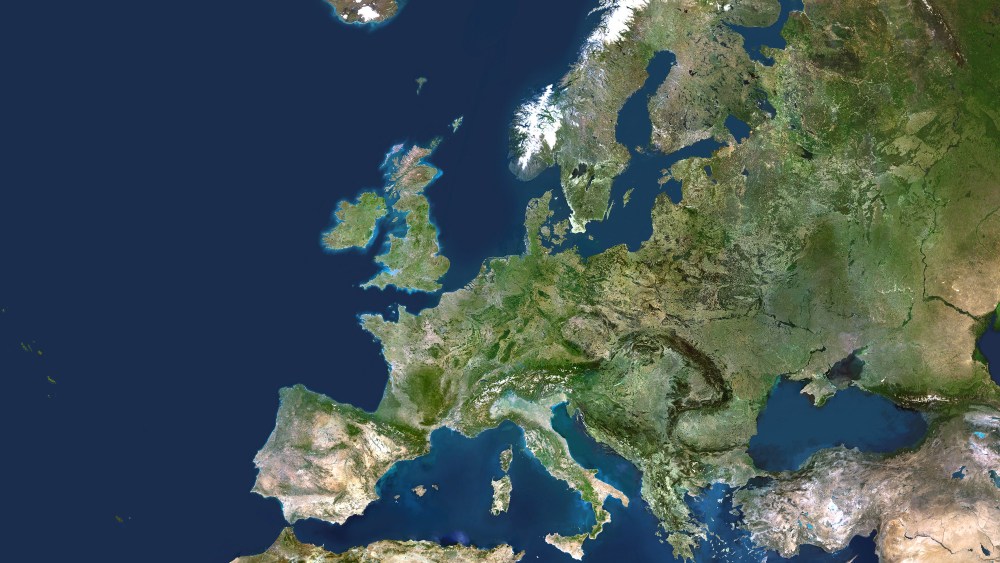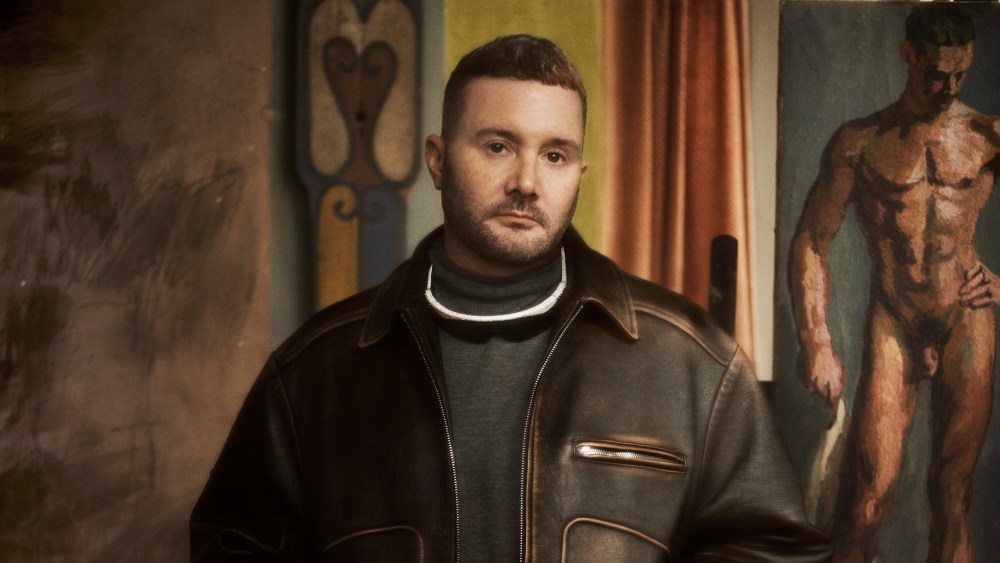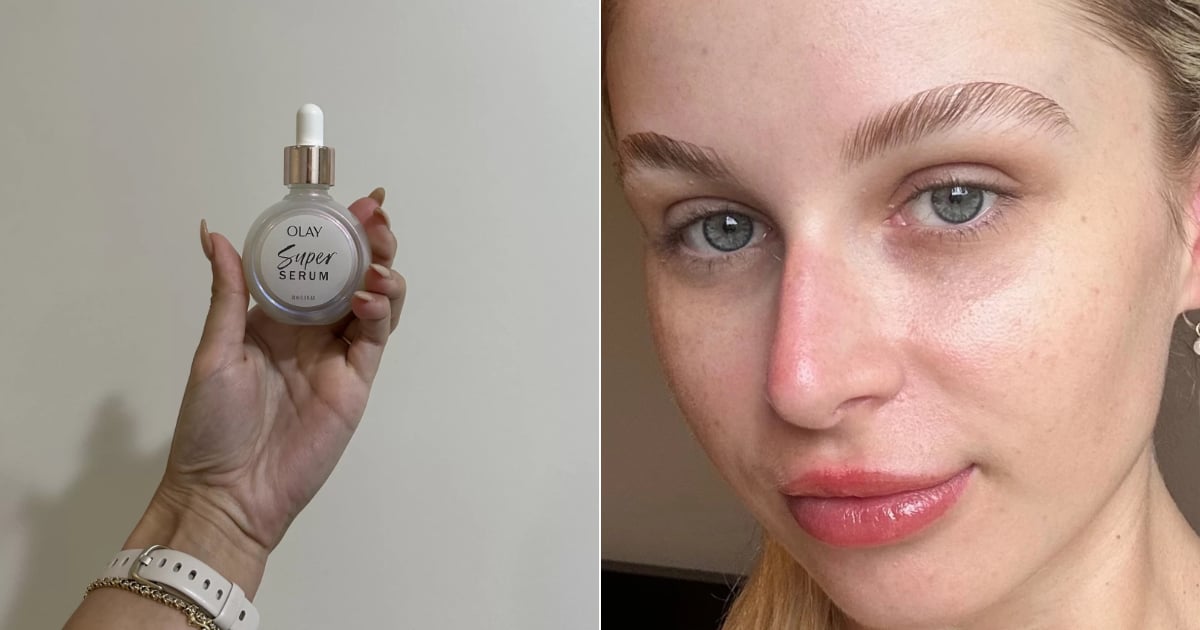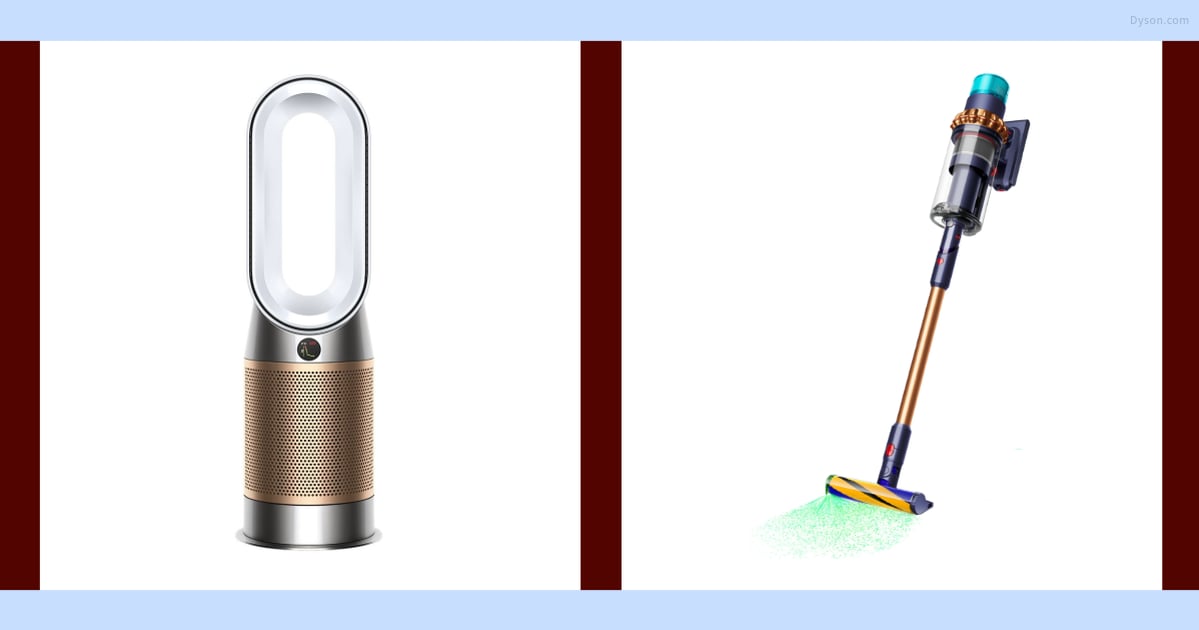The world might be going through major geopolitical and socioeconomic upheavals, but there’s one geographic mainstay for beauty players — at least for now.
“Industry commentary continues to suggest that Europe remains a bright spot for beauty growth versus a slowing U.S. and anemic China,” wrote Jefferies equity analyst Molly Wylenzek in a note in mid-July. “Scanner data has indicated a minor slowdown in Europe’s mass beauty market driven primarily by pricing rolling off.”
She added that the pre-release of earnings from Germany’s prestige beauty retailer Douglas, which at the time registered third-quarter net sales up 7.3 percent and raised its full-year sales outlook to about 8.5 percent from approximately 7 percent, “suggests that prestige continues to grow strongly in the region.”
Related Articles
L’Oréal, the world’s largest beauty player and therefore a bellwether for the industry, highlighted ongoing robust momentum in Europe in its first-half results. During the six months ended June 30, the group’s business in Europe reached 7.28 billion euros, up 12.2 percent in reported terms and 11.1 percent on a like-for-like basis, driven by all countries and product categories.

“There have been price increases in Europe over the last year and in the first part of this year,” said Nicolas Hieronimus, L’Oréal chief executive officer, during a call with analysts and journalists on July 31. “It’s going to slow down progressively in the second half….We have little price increases coming in the second part of the year, so there will be less value. I think it will be the case for the whole market.”
Added Christophe Babule, L’Oréal chief financial officer: “While we see, in fact, a slowdown in the pure value, driven by prices, at the same time in the second quarter we had volumes that were increasing because, of course, we are still supporting a lot with investments. That is why we keep very healthy and strong growth in Europe.”
Hieronimus noted some striking elements about Europe, including consumer confidence picking up in its big countries, as well as increasing consumer sophistication in a country like Poland, which are good for beauty consumption.
“We remain ambitious for Europe,” he said.
So how are analysts viewing whether Europe can maintain its luster?
“In the short term, we expect growth to normalize in the second half, due to a fading pricing tailwind, but growth to remain relatively healthy relative to its long-term history,” said Rogerio Fujimori, an equity research analyst at Stifel. “In the long term, Europe is more mature than other regions, hence we see beauty in Western Europe more as a market share game with winners and losers.”
Bruno Monteyne, senior analyst, European Food & HPC, said: “Beauty is in a great place across the [globe]. You can never satisfy the need for beauty, and with increased levels of sophistication of products, and with increased willingness by consumers to use new techniques, this market is likely to keep growing strongly, in Europe and the rest of the world.
“Right now, Europe is probably boosted by a ‘post-COVID-19 and energy-crisis feel good,’” he added. “Wages are going up, inflation is coming down, employment is holding up, etc. I would expect some slowdown in European consumer spending…but let’s enjoy it while it lasts.”



